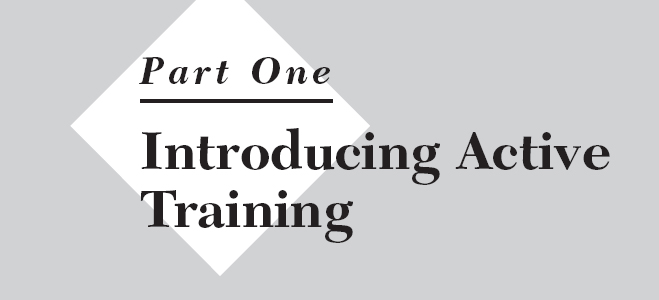
Training is a method of enhancing human performance. Whenever a person's ability to perform a job is limited by a lack of knowledge or skill, it makes sense to bridge that gap by providing the required instruction.
Sounds simple, doesn't it? Not really. The problem begins with the notion that learning something you don't already know requires another person (a trainer) or medium (a book, a computer) to provide it.
One of Mel's favorite exercises was to cover a wristwatch with the opposite hand and ask those who are observing, “What am I doing?” Immediately, someone would say, “You're covering your watch.” He would then request a synonym for the word cover. Typically, suggestions such as hide, obscure, or block are given. With this opening, he would say, “The next time you have something to cover with a person whom you are training, you might be hiding the information, obscuring it, or completely blocking it from view. That's because, at that moment, it's your information and your understanding of it. It does not belong to the other person.” Mel's point was that as trainers we need to think about “how” we are “covering” the topic, making sure that we do not prevent the learner from “uncovering” it; this “uncovering” process only happens by virtue of the learner's own activity. Ultimately, you—or a book or a computer—cannot do the work for the learner.
Active training occurs when ...
Get Active Training: A Handbook of Techniques, Designs, Case Examples, and Tips, 4th Edition now with the O’Reilly learning platform.
O’Reilly members experience books, live events, courses curated by job role, and more from O’Reilly and nearly 200 top publishers.

